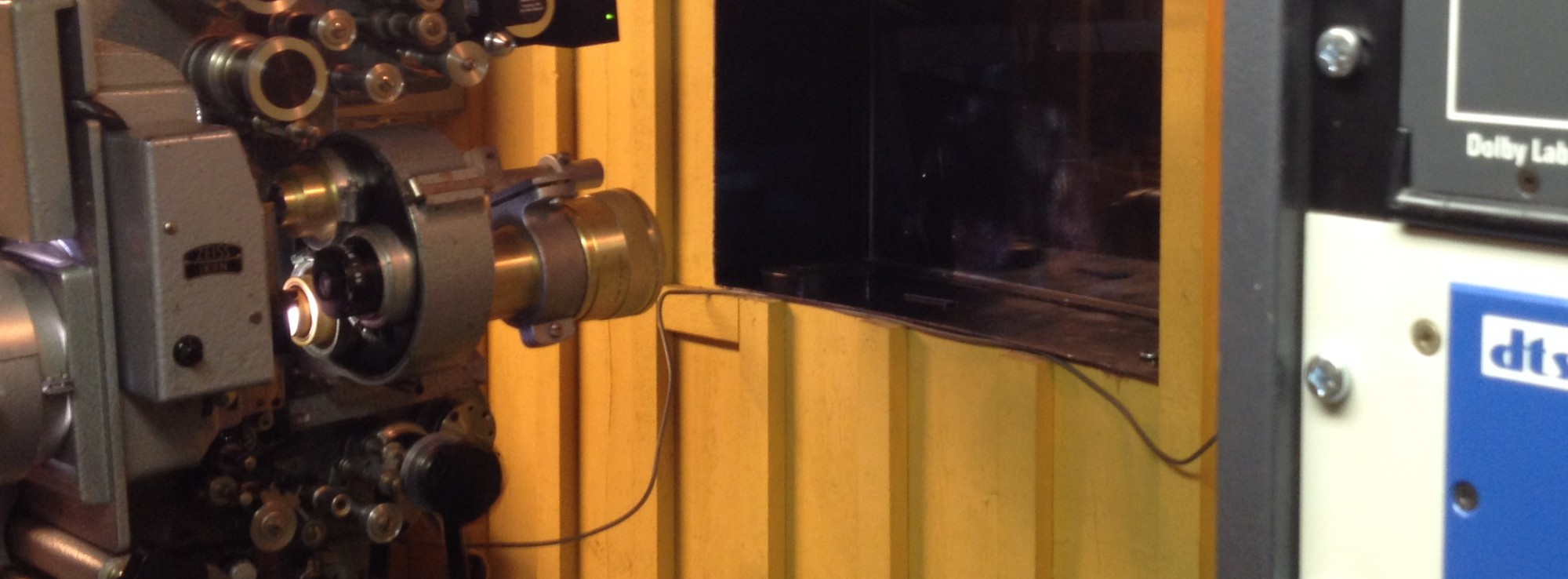My recent XML Prague presentation ran from a Linux partition, the first time in a while I’ve used Linux for presenting anything. The reasoning was simple; I’d developed the accompanying demo on Linux, on a server on localhost, so it would be much easier to just write a presentation in Open Office than to move the demo to something else.
It wasn’t.
I’d fixed every bug in the demo, styled my web pages in an aesthetically pleasing manner (well, for me), and carefully prepared an XML Prague presentation project in oXygen with only the files I would need to show, making sure that they’d fit without scrolling when projected in a lower resolution. I’d bookmarked the important code, and I’d folded everything else. My demo was in great shape.
What I didn’t do beforehand (even though I actually meant to) was to test my Linux laptop in dual screen mode, mirroring the laptop screen to an external monitor using that lower projector resolution. That, of course, was what failed.
My talk was immediately after a coffee break so I figured I’d hook up my laptop immediately after the last talk before the break and test all this. How hard could it be?
Well, no mirroring in that lower resolution. Mirroring in a higher one (the laptop’s native resolution) was possible but of course, the projector wouldn’t work in that resolution. They usually don’t. Dual screen mode, outputting two different screens, didn’t work because I wouldn’t be able to see on my laptop’s screen what was being projected for the audience. I tested pretty much every setting there was but to no avail.
And then the (Gnome) window manager decided it couldn’t take the abuse any longer and crashed.
I rebooted into KDE, hoping it would fare better, but all I got for my troubles was another crash. Not the same software, mind, but something or the other in KDE. I hadn’t really tried anything very dramatic, I’d simply changed the display modes a few times.
So I rebooted again and accepted my faith, booting into Gnome and using the dual screen mode where I’d be flying blind unless twisting my head all the way back like that poor girl in The Exorcist, trying to run the demo from the laptop’s touchpad in front of me while hurting my neck to see the results on the large screen behind and above me.
If you’ve watched the conference video (second day, about 7 or 8 hours into the file), you now know why.
My laptop is not particularly fancy or modern. It’s a 3-yo Thinkpad with an Nvidia Optimus graphics card, the kind that includes what was then a high-end Nvidia card and a low-end Intel card, the idea being that you use the former for the graphics-intensive stuff while reserving the latter for the 2D desktop stuff. It still doesn’t work properly in Linux so I only use an Nvidia only mode. It’s not something I blame the Linux developers for–the Optimus is proprietary and thus not something easily handled in open source–but it is what it is and quite common.
But other than that, there is nothing very special about my laptop. It just works, mostly. Well, it should.
So is Linux ready for the desktop yet?
